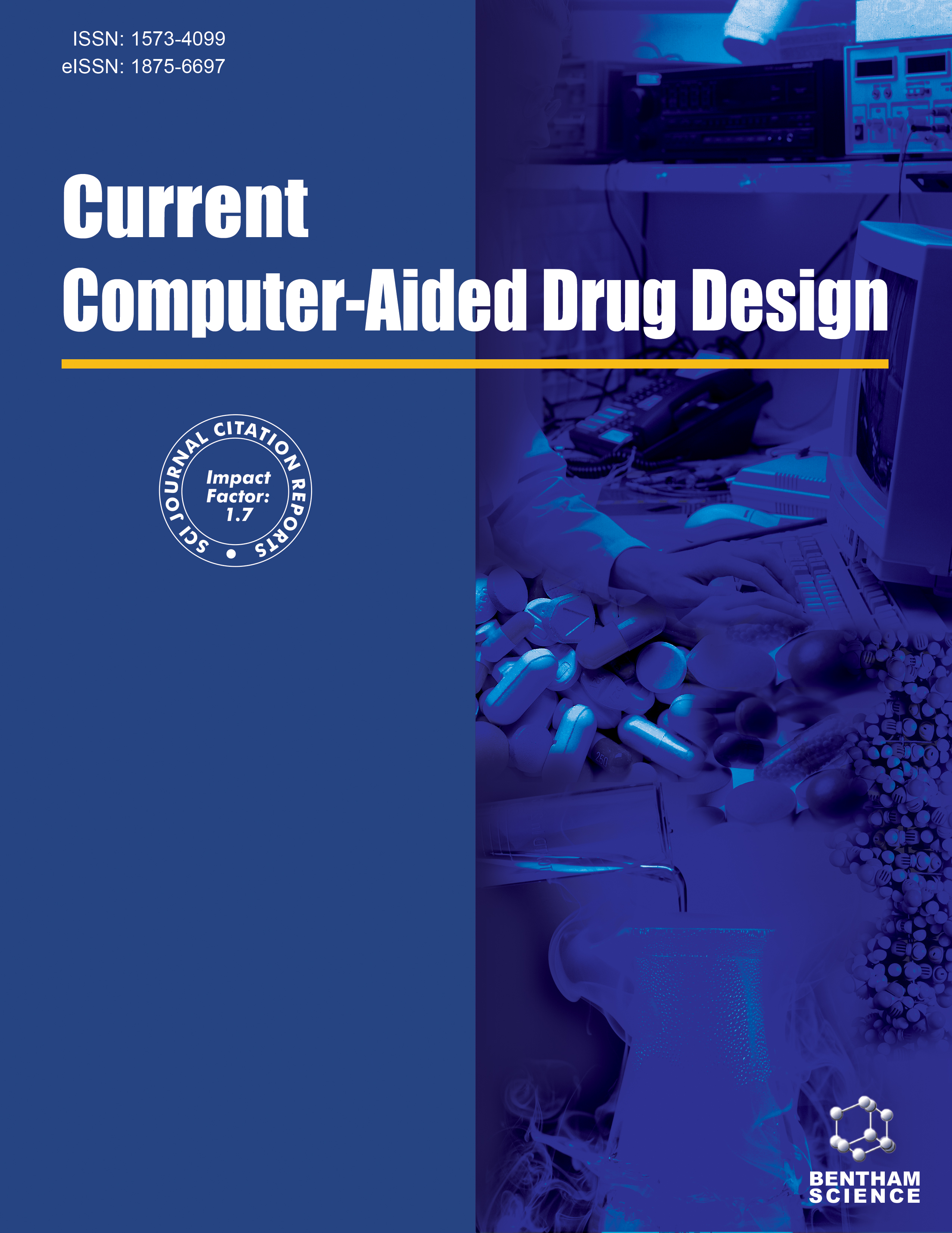
Full text loading...
We use cookies to track usage and preferences.I Understand

Multidrug-resistant (MDR) E. coli presents a significant challenge in clinical settings, necessitating the exploration of novel therapeutic agents. Phytochemicals from Punica granatum (pomegranate) leaves have shown potential antibacterial properties. This study aims to identify and evaluate the efficacy of these phytochemicals against MDR E. coli
This study aims to identify and evaluate the efficacy of most potential phytochemical of Punica granatum leaf against MDR E. coli. through molecular docking, adme, toxicity, molecular dynamic simulation, MMPBSA and DFT approaches
We performed molecular docking of 11 phytochemicals from the IMPPAT database with four MDR E. coli targets: 1AJ6, 1FJ8, 4BJP, and 6BU3. Granatin B demonstrated the best binding affinity and was further analyzed. ADME (Absorption, Distribution, Metabolism, and Excretion) and toxicity analyses were conducted to assess its pharmacokinetic properties and safety profile. Molecular Dynamics (MD) simulations were performed to evaluate the stability of Granatin B with the targets. Finally, density functional theory (DFT) analysis was carried out to understand the electronic properties and reactivity of Granatin B
Granatin B exhibited the highest binding affinity among the 11 phytochemicals, indicating strong potential as an inhibitor of MDR E. coli. ADME analysis revealed favorable pharmacokinetic properties and toxicity analysis confirmed that Granatin B is non-toxic. MD simulations showed stable interactions between Granatin B and all four targets. DFT analysis provided insights into the electronic properties and reactive sites of Granatin B, supporting its potential mechanism of action
Granatin B from Punica granatum leaves is a promising candidate for treating MDR E. coli infections. The integration of molecular docking, ADME, toxicity, MD simulations, and DFT analysis underscores its therapeutic potential and paves the way for further experimental validation and development as a novel antibacterial agent

Article metrics loading...

Full text loading...
References


Data & Media loading...